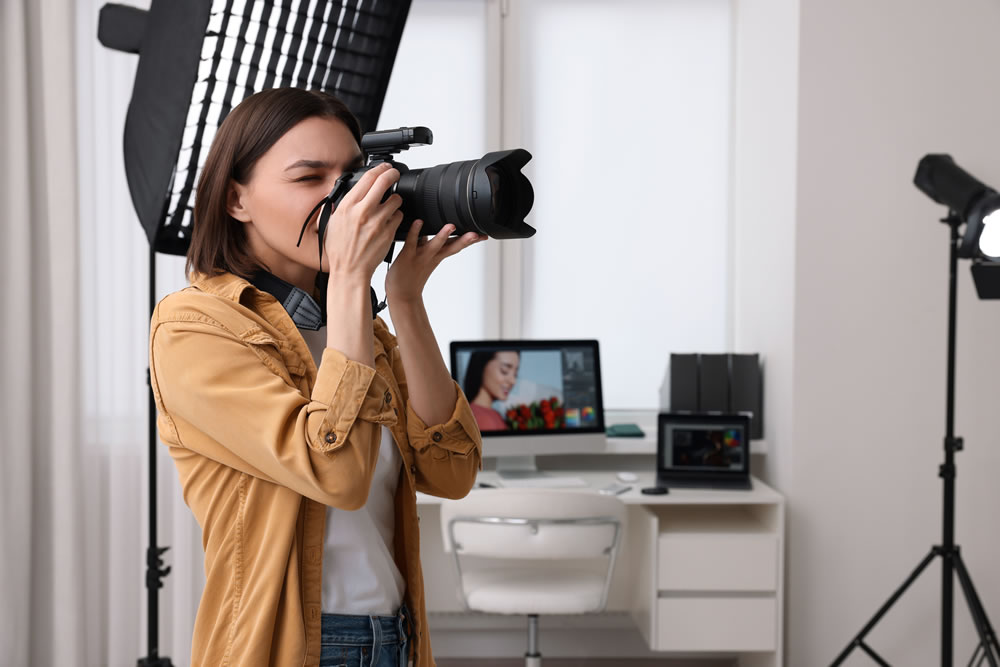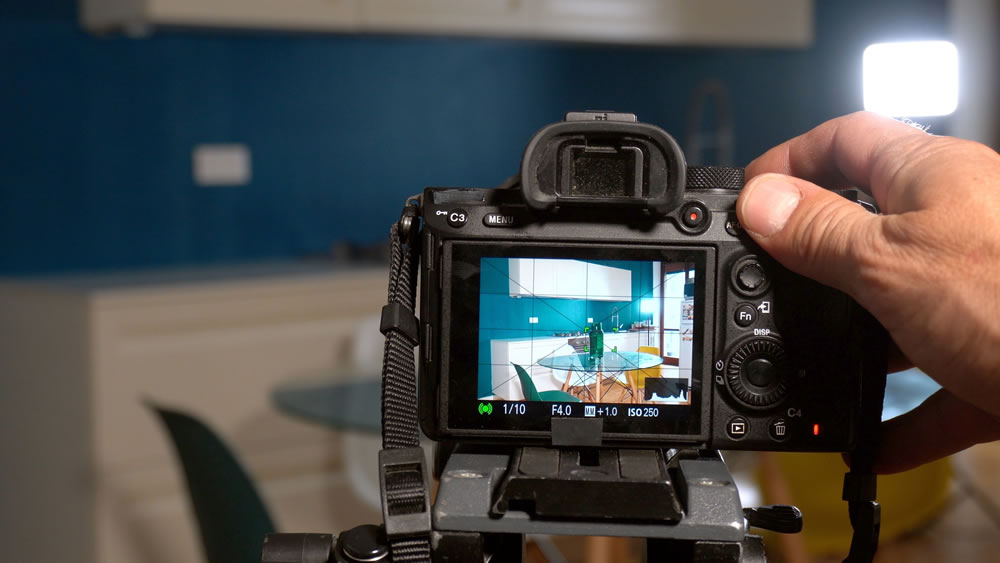Light, particularly natural light, is instrumental in crafting exceptional photographs. This holds especially true when considering interior photography. Here, natural light possesses the transformative ability to infuse life into a room, establish mood, and accentuate the vibrancy of a space.
In this article, we’ll delve into the techniques of harnessing natural light to transform ordinary spaces into visually extraordinary frames.

What’s So Special About Natural Light?
Natural light brings out true colors, creates sharp contrasts, and adds a layer of authenticity that artificial light often misses. However, the availability of natural light isn’t always within control. This is where incorporating elements like these indoor blinds can significantly impact how natural light filters into a room.
These blinds allow you to control the intensity and direction of light, creating the perfect ambiance for your shots.
Assessing The Interior Space
Before you start shooting, assess the available light sources in the room. Identify the direction from which natural light enters and observe how it interacts with different surfaces. Consider the following:
Windows And Doors
Windows and doors significantly influence the lighting dynamics of a room. Observing how light enters through these openings and noting the variations throughout the day can provide insights into optimizing the available light for photography.
Implementing window treatments such as blinds can offer additional control over the light entering the space, allowing for adjustments in intensity and direction. The size, type, and treatment of windows and doors also play a role in the amount and quality of light they admit.
Mirrors And Reflective Surfaces
Mirrors and surfaces with reflective properties have the ability to bounce light around the room, creating intriguing effects and brightening darker corners. Strategically placing these elements can help in manipulating light paths and enhancing the overall illumination of the space, adding depth and dimension to your photographs.
Color And Texture Of Walls
The color and texture of the walls can substantially affect the room’s brightness. Lighter colors tend to reflect light. This can contribute to a brighter ambiance.
On the other hand, darker and textured surfaces absorb light, potentially creating dramatic shadows and reducing overall luminosity. Understanding this interplay can aid in anticipating how light behaves in a given space and adjusting your composition accordingly.
Furniture And Decor
The placement and material of furniture and decor can significantly influence the distribution of light within a room. Shiny or reflective surfaces can act as secondary light sources. On the other hand, dark, matte finishes may absorb light, reducing the overall brightness.
Room Layout And Architecture
The architectural design and layout of a room play a crucial role in determining the flow of natural light. Open floor plans, high ceilings, and large windows typically allow for better light penetration, while smaller, compartmentalized spaces may limit the availability and spread of light.

Camera Settings And Equipment
Choosing the right camera settings and equipment is essential for achieving the desired effect. Here are some recommendations:
Camera Settings
Utilizing a lower ISO is beneficial for reducing noise in your images, while a larger aperture allows more light to reach the camera sensor, essential for well-lit photographs. Additionally, a slower shutter speed is instrumental in capturing finer details and textures in the frame.
Tripod
Employing a tripod is essential for ensuring stability, particularly when shooting at slower shutter speeds. It prevents camera shake, resulting in sharper images.
Reflectors And Diffusers
Incorporating reflectors and diffusers into your photography setup is advantageous for manipulating light. Reflectors bounce light onto your subject, filling in shadows, while diffusers soften the light source, reducing harsh shadows and ensuring even illumination across the scene.
These settings can significantly improve the quality of your interior shots.
Composition Techniques
Composition is key in interior photography. Frame your shots to maximize light capture and balance light and dark areas. Utilize windows, doors, and other architectural features to enhance lighting. Experiment with different angles and perspectives to find the most flattering light.
Post-Processing Tips
Post-processing involves fine-tuning your images. Adjust exposure and white balance to correct any color imbalances. Enhance shadows and highlights to bring out details and add depth.
Analyzing successful interior shots can provide valuable insights. Study how photographers use natural light to create mood and atmosphere, and apply these techniques to your work.
In Summary
Harnessing natural light in interior photography is both an art and a science. It requires a keen eye for detail, an understanding of light’s nuances, and the ability to adapt to changing conditions.
By controlling light with elements like blinds, assessing the space, choosing the right equipment, and refining your composition, you can capture truly stellar interior shots. Remember, experimentation is key, so keep exploring and let natural light reveal the beauty of your shots.










